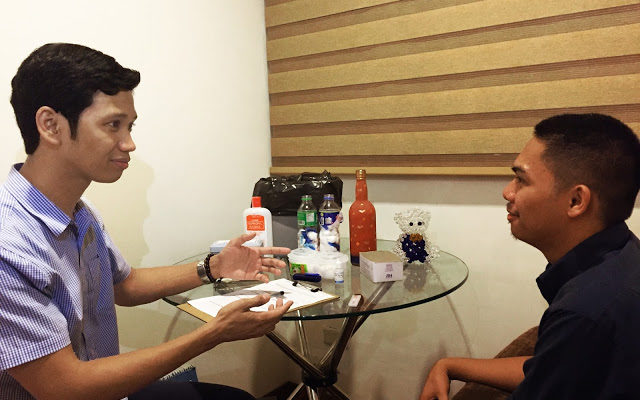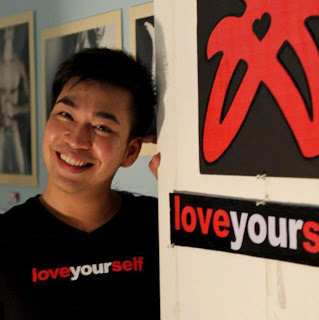HIV Cases Continue to Rise, According to Latest HARP Data
The Philippines’ battle with HIV continues, as the number of newly diagnosed people living with HIV (PLHIV) remains high.
The Philippines’ battle with HIV continues, as the number of newly diagnosed people living with HIV (PLHIV) remains high.

Miss Universe 2015 and UNAIDS Goodwill Ambassador for Asia and the Pacific, Pia Alonzo Wurtzbach, made the heart sign with her hands after being named on Wednesday (9 August) as the first-ever ambassador of “Love Gala.”

An alarming increase of HIV cases, with now an average of 35 per day, has been reported to the HIV/AIDS & ART Registry of the Philippines (HARP) in May 2017. This is 48 percent higher compared with same time last year and is the highest recorded number of cases since 1984.

Overseas Filipino Workers (OFWs) are one of the groups vulnerable to the HIV/AIDS crisis the Philippines is facing. Addressing the plight of OFWs by highlighting and bringing awareness to their struggles, HIV awareness and advocacy group LoveYourself, in partnership with the Philippine Educational Theater Association (PETA) will be staging Care Divas, a play about the lives of five transgender OFWs.

Supported by Philippine Department of Health, AmFAR and World Health Organization, LoveYourself was the chosen organization to pioneer the launching of PrEP in the Philippines under the banner program #PrEPPilipinas Program in which initial demonstration is envisioned to be executed within the first quarter of 2017.
The local Health Departments of Quezon City and Makati lead the pack in actively implementing world-class HIV prevention programs, particularly HIV Counseling and Testing.

Amidst the rapid rise in the number of newly diagnosed HIV cases in the country, the World Health Organization (WHO) lauds the Philippine response to the epidemic as “world class”. In a report published during the last quarter of 2012, WHO praises the use of “existing interventions (that) draw on international best practices such as peer learning, networked outreach, internet chatting, and connecting risk groups to health services.”